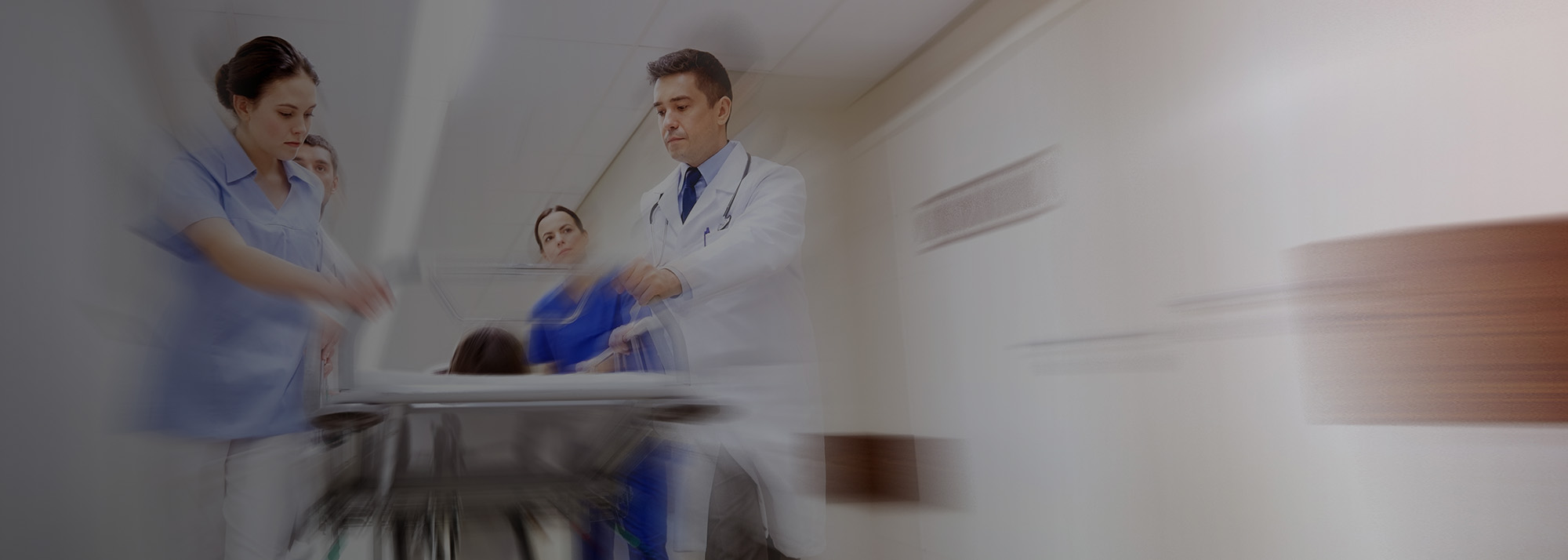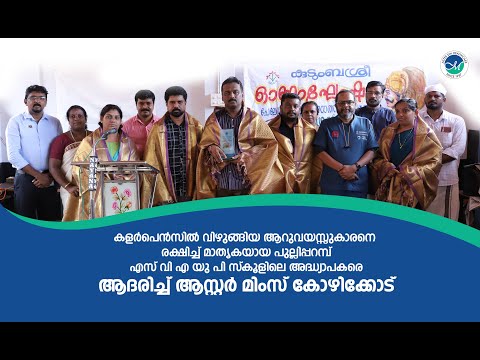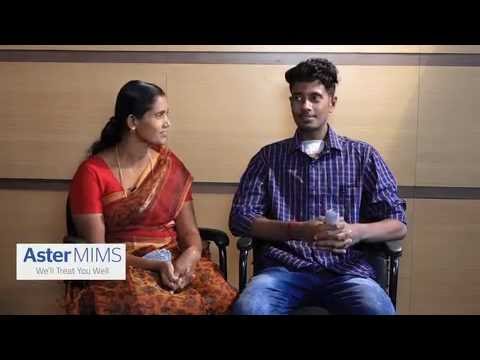The Department of Emergency Medicine at Aster MIMS, which works as the quick response team, is staffed 24 hours a day by in-house trauma surgeons, anesthesiologists, trauma nurses and vital support services including the blood bank and laboratory services.
On average, Aster MIMS admits nearly 10,000 trauma patients each year, making it the busiest center in Northern Kerala.
The trauma care department is well equipped with 36 beds, which includes triage beds, observation areas, which manage all forms of medical, surgical, Cardiac, Poly Trauma, Paediatric and Neurological conditions.
The Emergency Department staffs at Aster MIMS always strive to provide patients with the highest quality emergency care and service in an efficient and timely manner.
Our Doctors
We have some of the best specialists from around the world, they bring years of experience and offer evidence-based treatment to ensure the best care for you.
Advanced Technology & Facilities
Well equipped with the latest medical equipment, modern technology & infrastructure, Aster Hospital is one of the best hospitals in India.
Dedicated emergency operating theatre with state-of-the-art facilities perform life saving surgeries
The sub-specialty of Radiology in the emergency department handles the diagnosis of acutely ill or traumatic patients. Multiple imaging modalities like MRI, multi-detector CT, ultrasound and X-ray are made available to ensure timely diagnosis and management of patients from head to toe.
The division of emergency laboratory is made available at the department with an intention of providing laboratory services that are crucial for the effective management of critically ill patients. Tests and results are given in no time with optimal accuracy so as to ensure best care to the patient.
The Emergency Pharmacy follows strict protocols backed by well-trained pharmacists with emergency preparedness and a good command over medication management standards, ensuring efficient, safe and effective medication use.
Patient Stories
Our patients are our best advocates, hear the inspiring stories of their treatment journey











